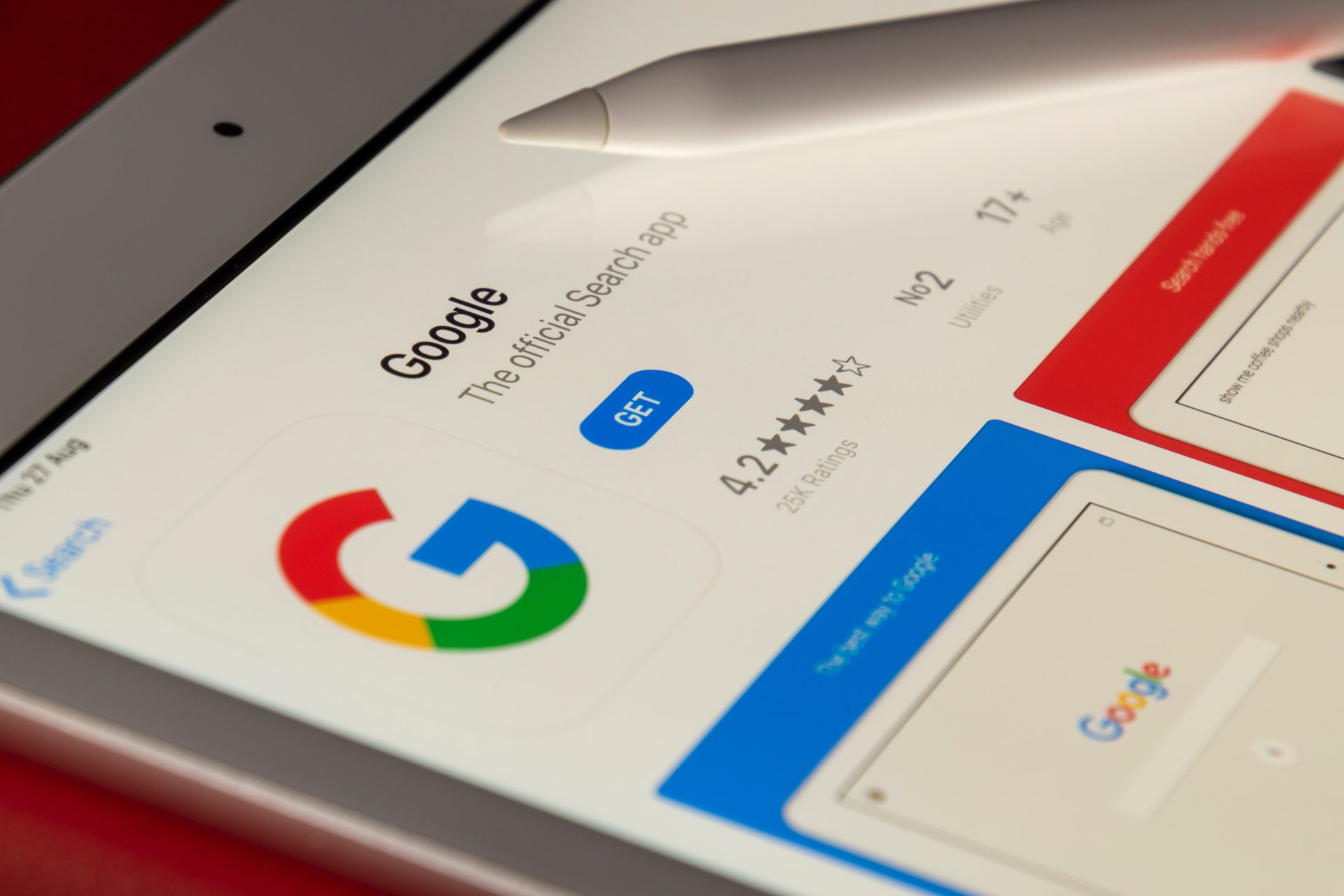Google recently announced that its popular virtual assistant, Google Assistant, will be losing seventeen features. The goal of these modifications is to simplify and improve the platform’s usability. Nevertheless, for certain users, the removal of these features might cause disruptions to their experience. Notifications will be sent to users starting on January 26th regarding the affected features’ discontinuation, and on February 26th, the majority of features will be permanently removed.
Revolutions Affecting Mobile, Smartwatch, and Smart Speaker/Display Technology
Many devices, such as smartphones, smartwatches, smart speakers, and displays, will be affected by the 17 features that Google Assistant is removing. Some of the lost features will be workarounds provided by Google, but others will be removed entirely. The features that will be impacted are as follows:
1. Using Google Play Books to Listen to and Manage Audiobooks
Playing and controlling audiobooks on Google Play Books using your voice is one of the features that will be removed. The ability to cast audiobooks from one device to another remains, though.
2. Arranging or Utilizing Media Alerts
Media alarms, music alarms, and radio alarms on devices that are compatible with Google Assistant will no longer be available to users. Users can make their own custom Routines or use regular alarms to mimic this functionality.
3. Getting to or Organizing Your Recipe Book
The capability that lets users manage their cookbook, move recipes from one device to another, watch video tutorials, and view step-by-step instructions will be disabled. Users also have the option of using Google Assistant to look for recipes on YouTube and other websites.
4. Keeping a Stopwatch Running
There will be no more smart display or speaker options for managing a stopwatch. Users can still set alarms and timers to keep track of the passing of time, though.
5. Conversations and Public Address
Voice calls and message broadcasting to your Google Family Group are no longer supported by Google Assistant. Users can still send messages to their home devices through broadcasting, but they won’t be able to use their voices for making calls or sending messages.
6. Transmitting Sound Files, Video Clips, and Emails
The ability to send voice-activated videos, audio messages, and emails is one of the most noticeable features being removed. Users can still send and receive text messages and make phone calls, though.
7. Changing Times for Google Calendar Events
Users will no longer be able to use their voices to reschedule events in Google Calendar. The ability to create new events by speaking to the device remains, though.
8. The Google Assistant App Launcher on Google Maps while Driving
Google Maps’ App Launcher, which lets users read and send messages, make calls, and control media, will be removed from Google Assistant driving mode. Google Maps’ voice control functionality remains unchanged.
9. Calls to Family Members
Unfortunately, users can no longer use their voices to plan or play back Family Bell announcements. To make this feature work for their own purposes, users can design a custom Routine that mimics its behavior.
10. Unwinding Through Meditation
Users will still be able to request meditation options from media providers like YouTube, even though the Calm meditation service will no longer be integrated.
11. A Voice Interface for the Fitbit Sense and Versa 3 Mobile Trackers
The ability to use voice commands to control activities on Fitbit Sense and Versa 3 has been discontinued. To begin, end, pause, and resume using their devices, users will have to rely on the buttons on those devices.
12. Showing Sleep Logs on Google Home
Currently, only Google Smart Displays will have the capability to show sleep summaries. Users of third-party smart clocks can still use voice commands to inquire about their sleep patterns.
13. Name Recognition for Speaker and Smart Display-Generated Calls
Caller ID will not be shown on smart displays or speakers anymore unless the user is using Google Duo, their video calling app.
14. Taking a Look at General “Commute to Work” Time Estimates
A smart display’s ability to show users ambient “Commute to Work” time estimates will be disabled. Nonetheless, voice commands for directions and commute times are still available.
15. Reviewing Individual Travel Plans
Customers can no longer use voice commands to view their individual travel plans. But they can still inquire about the status of their flight.
16. Data Regarding Relationships
You will no longer be able to access contact information through Google Assistant. Nevertheless, users are still able to call their contacts.
17. Communicating Verbally
Certain voice-activated features, like paying, reserving, and sharing to social media, will be disabled. Google Assistant still allows users to ask it to open their installed apps.
Enhanced Search Functionality in Google’s App and Pixel
The Google app, the Pixel Search bar, and Google Assistant are all undergoing revisions at the same time. No longer will tapping the microphone icon in the Google app activate Search instead of performing actions like lighting up a room. In a similar vein, the Pixel Search bar’s microphone will now activate Voice Search rather than Google Assistant.
Optimizing Google Assistant for User-Friendly Experience
Although some users may find the removal of these features to be disruptive, Google’s goal is to simplify the Google Assistant platform for future users. In an effort to make things easier for its users, Google is cutting out features that aren’t used very often and concentrating on the essentials.
Please refer to the Google Assistant help page for further details regarding these modifications and their potential impact on you. Google is constantly working to improve its virtual assistant, so stay tuned for more updates.
Keep in mind that Google Assistant is in a perpetual state of change; while some features may be eliminated, new ones may be added to improve the user experience as a whole.
See first source: The Verge
FAQ
Featured Image Credit: Photo by Souvik Banerjee; Unsplash – Thank you!










